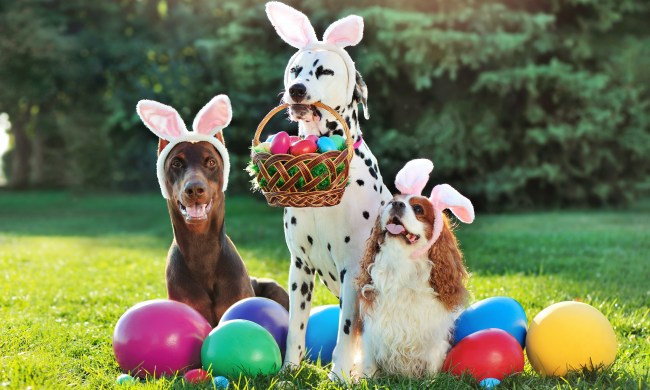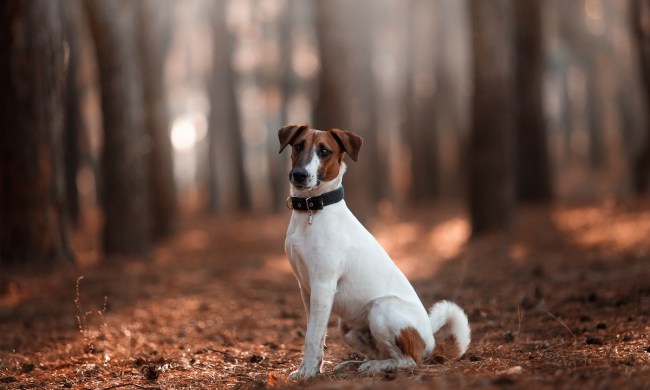You should consider several factors when choosing the right type of dog leash for your pet. For one, the length of your dog’s leash has a deep influence on his behavior. Give them too much reign and they can become unruly and wild. If you keep it too short, you can overpower, intimidate, and even choke your pet. So, how long should my dog’s ideal leash be? Well, you are looking for a happy medium where your dog feels peaceful, controlled, and free to move next to you.
Leashes by type
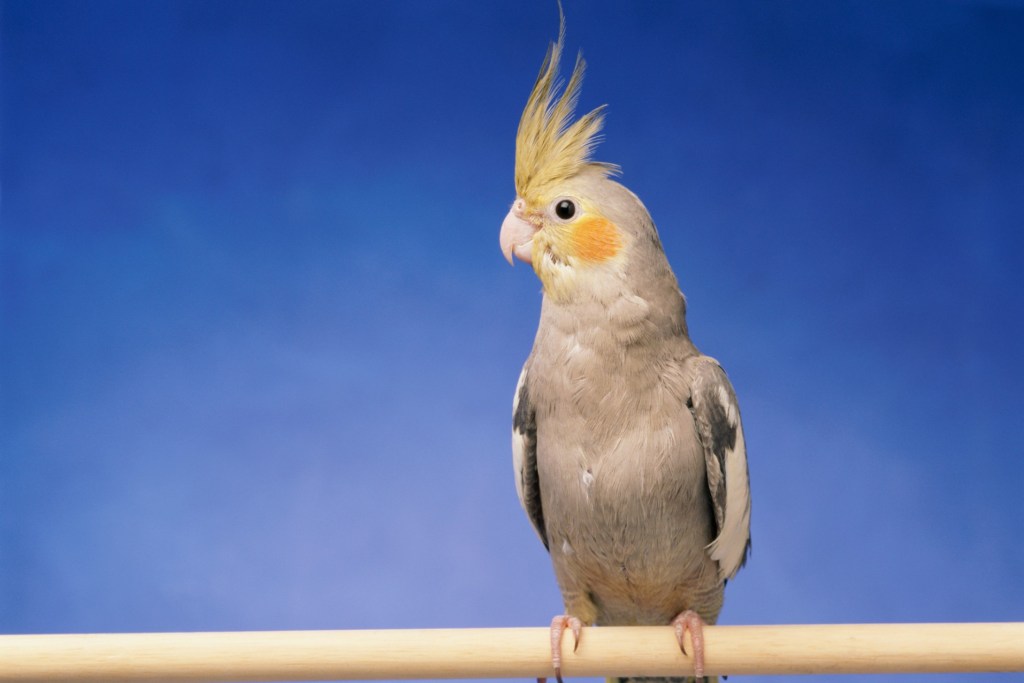
Choosing the right leash for your dog might feel overwhelming when you encounter the massive amount of options out there. From simple rope to fancy leather, there is one for all tastes and needs. Here are the main types of leashes available:
- Standard dog leashes
- Short dog leashes
- Long leashes
- Longline leashes for field training
- Rope slips
- Handleless leashes
Choosing the perfect length
For most dogs, a 6-foot leash is ideal for them to have room to explore but minimizes slack. This will allow for better control during an altercation and avoid accidental tangling. In some cases, especially with energetic or unruly pets, a 4-foot leash will signal stronger leadership. This length will keep the owner in command of the dog. For trained dogs, there is more flexibility and ultimately depends on the individual dog and owner comfort level.
Thick or thin?
Another critical feature of your leash is the width. This is extremely relevant with bigger breeds and larger dogs. Big doggos love to chew on their leashes and have a very strong pull when they are being walked. The wider your leash, the smaller the risk of it snapping when your German Shepherd chases after a squirrel.
For smaller dogs, a thin, lightweight leash is the way to go. They are less restrictive and remarkably helpful when introducing your puppy to early training. This way they feel unrestricted to explore but start experiencing their collar.
Retractable leashes: Are they any good?
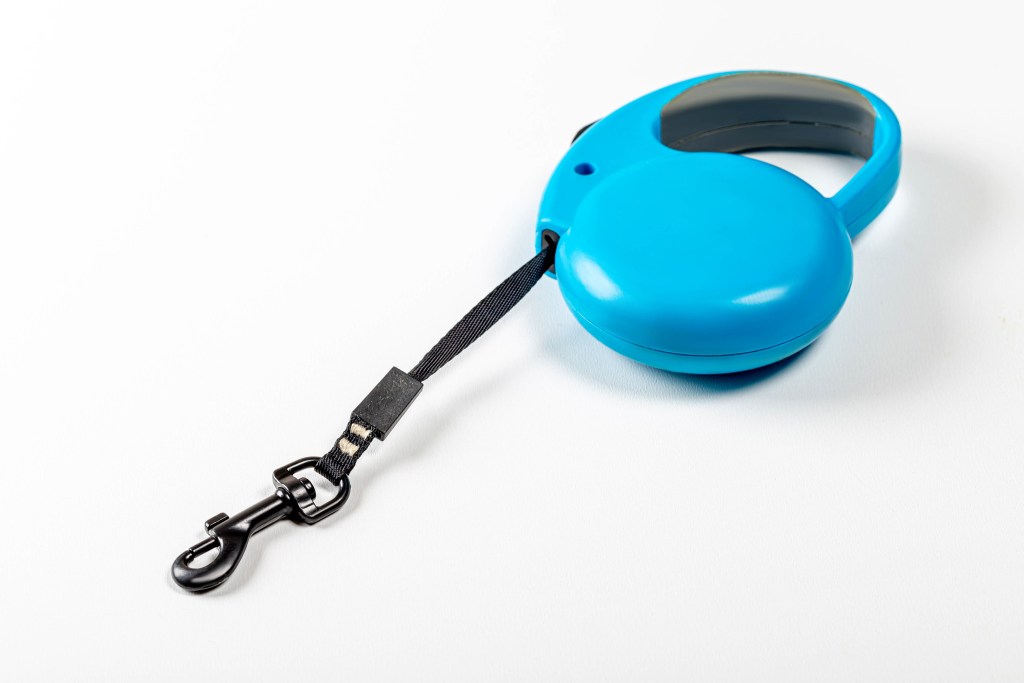
One of the most popular models out there is the retractable leash. This gadget features a winding mechanism that allows the owner to roll, stop, or retreat the length of the leash. The biggest downfall of this type of leash is the lack of control. This can create accidents if the dog gains momentum running and the owner is distracted. If your pet reaches the end of the leash at full speed, they risk hurting their throat with the blunt force of the collar pulling. Another inherent risk is the possibility of lacerations, rope burns, and falls.
Considerations before buying a leash
Some of the most important questions you should ask before buying the perfect leash are:
- How big is your dog?
- Is your dog a puller?
- What’s your normal walking route?
- Are you planning to train off leash?
- Any health issues that might affect your dog?
The answers to these questions will offer you quality insight to make the right choice.
Popular materials
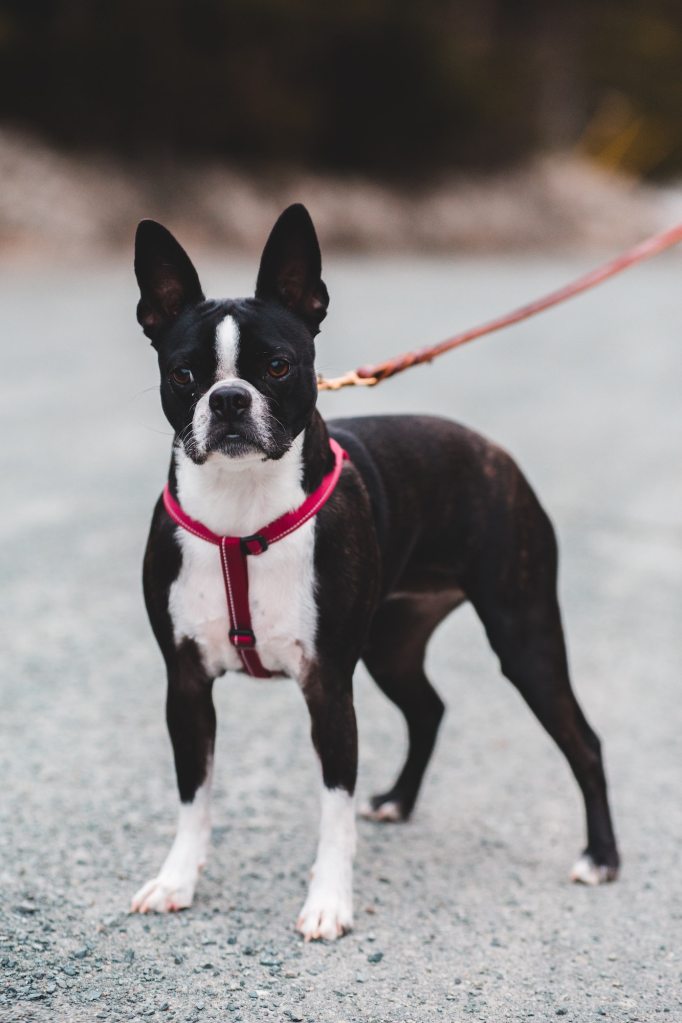
You can divide most leashes into three main groups based on the materials used to make them. Each one has their pro’s and con’s and finding the best one really depends on your individual needs.
Nylon
- Most popular
- Ideal for humid and wet environments
- Easy to chew and wear out
Leather
- Durable and strong
- Needs maintenance and care
- Chew resistant and long lasting
Chain
- Most robust option
- Ideal for strong big dogs that chew
- Might be too heavy for medium and small dogs
Additional tips and hacks
- Have a spare leash in case your main one damages.
- Use a carabiner hooked to the handle of your leash and attach it to itself.
- Dry off your leash to make it last longer.
- Oil your leather leashes to soften the material and keep them flexible.
- Be prepared to upgrade your leash as your puppy grows.
Your dog’s leash has a special place in your best friend’s heart. For some pets, they are the cue that signals an excursion to the outside world. Most of the time, they patiently wait for you to pick it up in order to unleash their happiness. And at the same time, leashes are one of the most important objects dog parents use to communicate with their dogs. If you want to know more, you can check our guide on how to make a dog harness out of rope.
